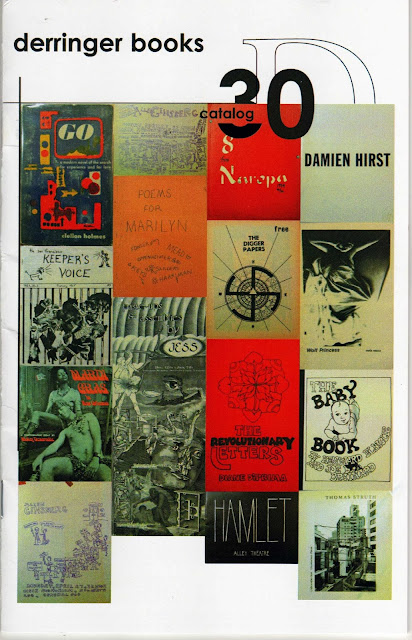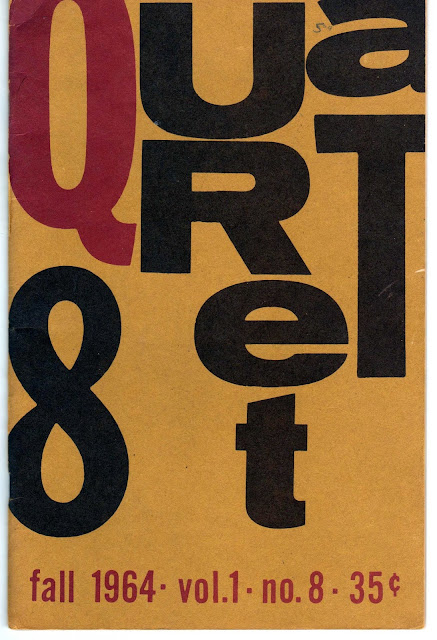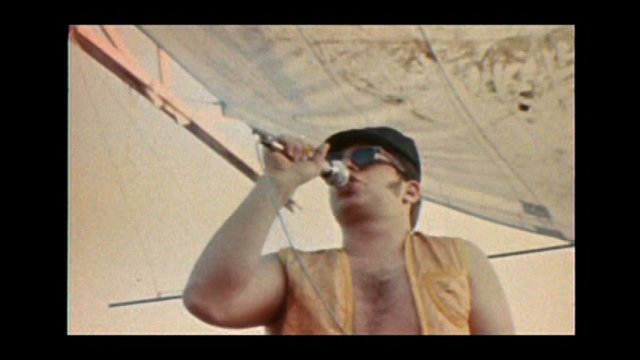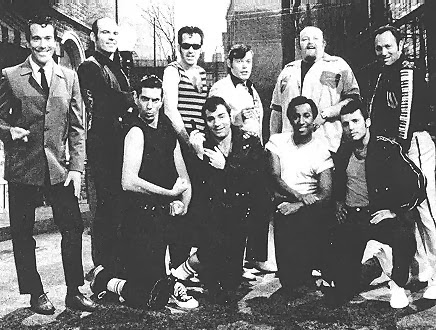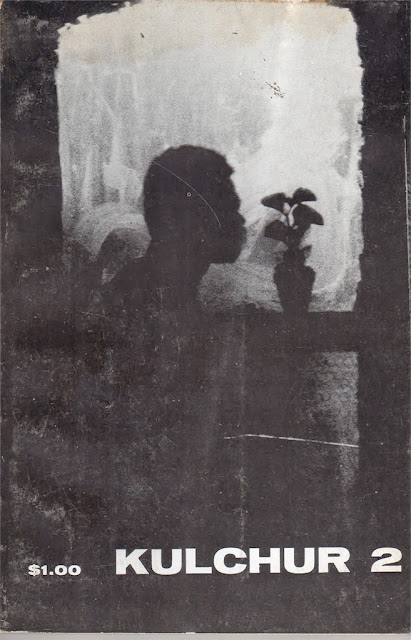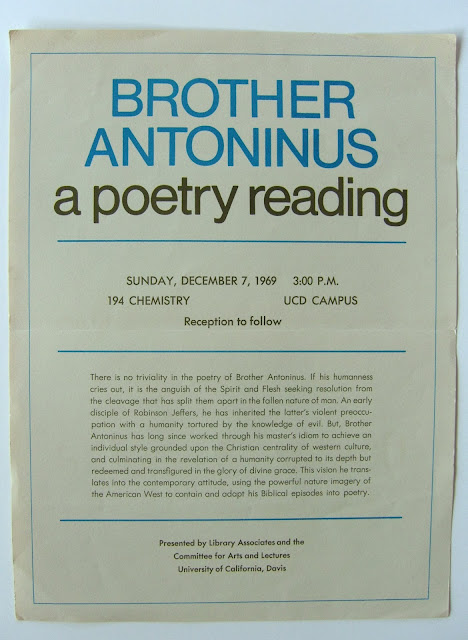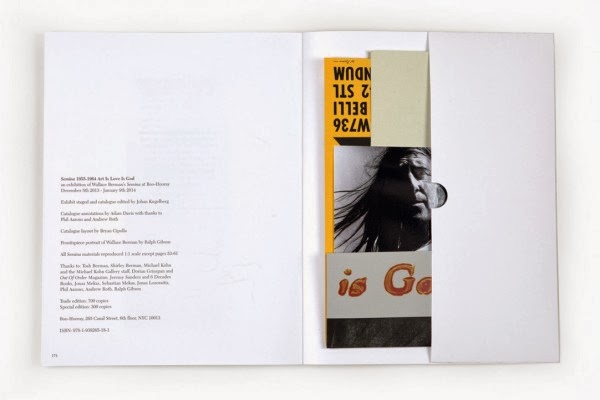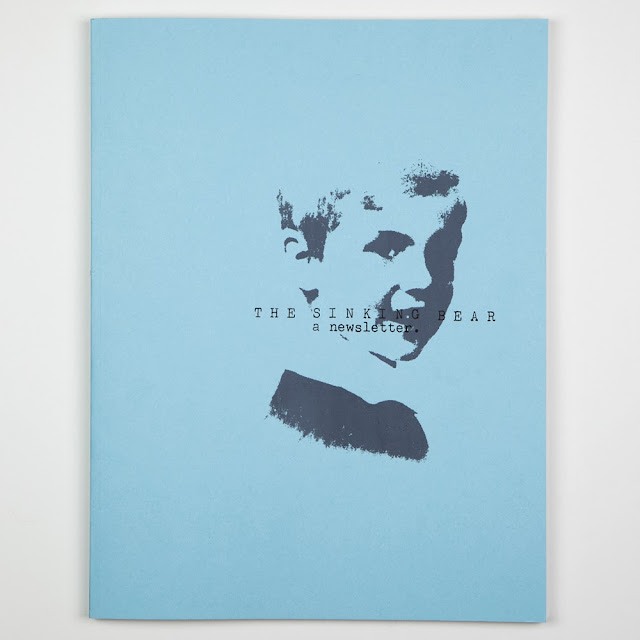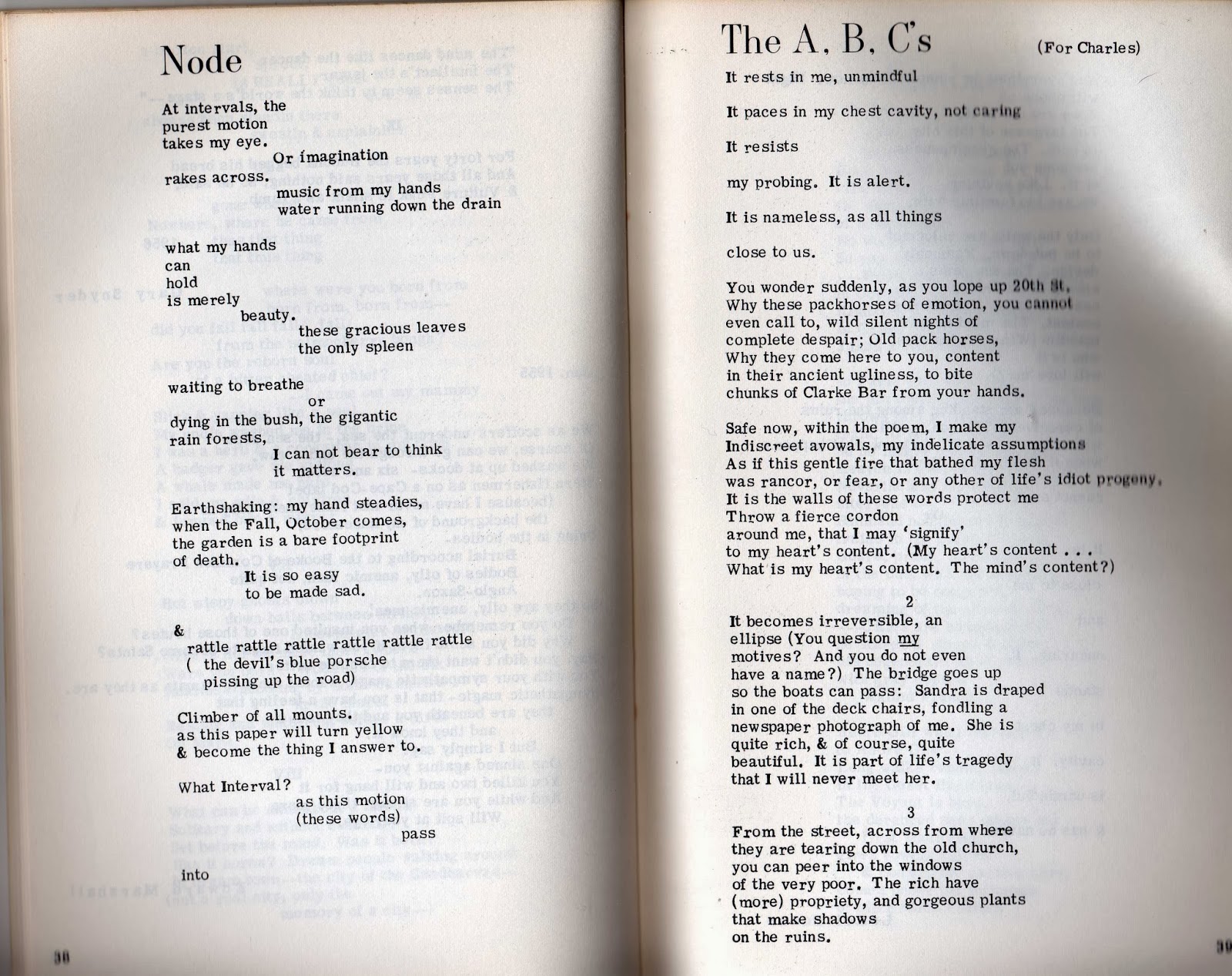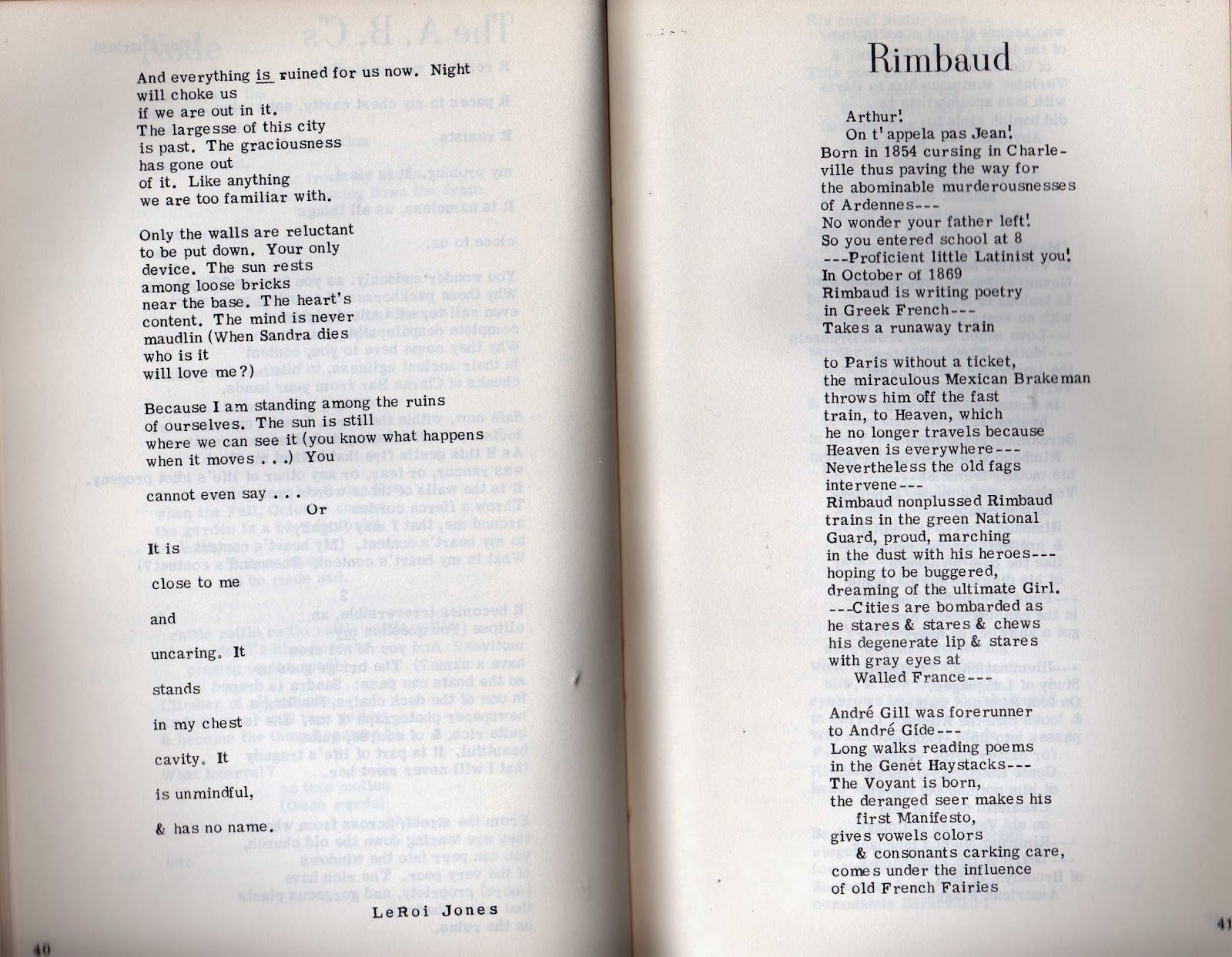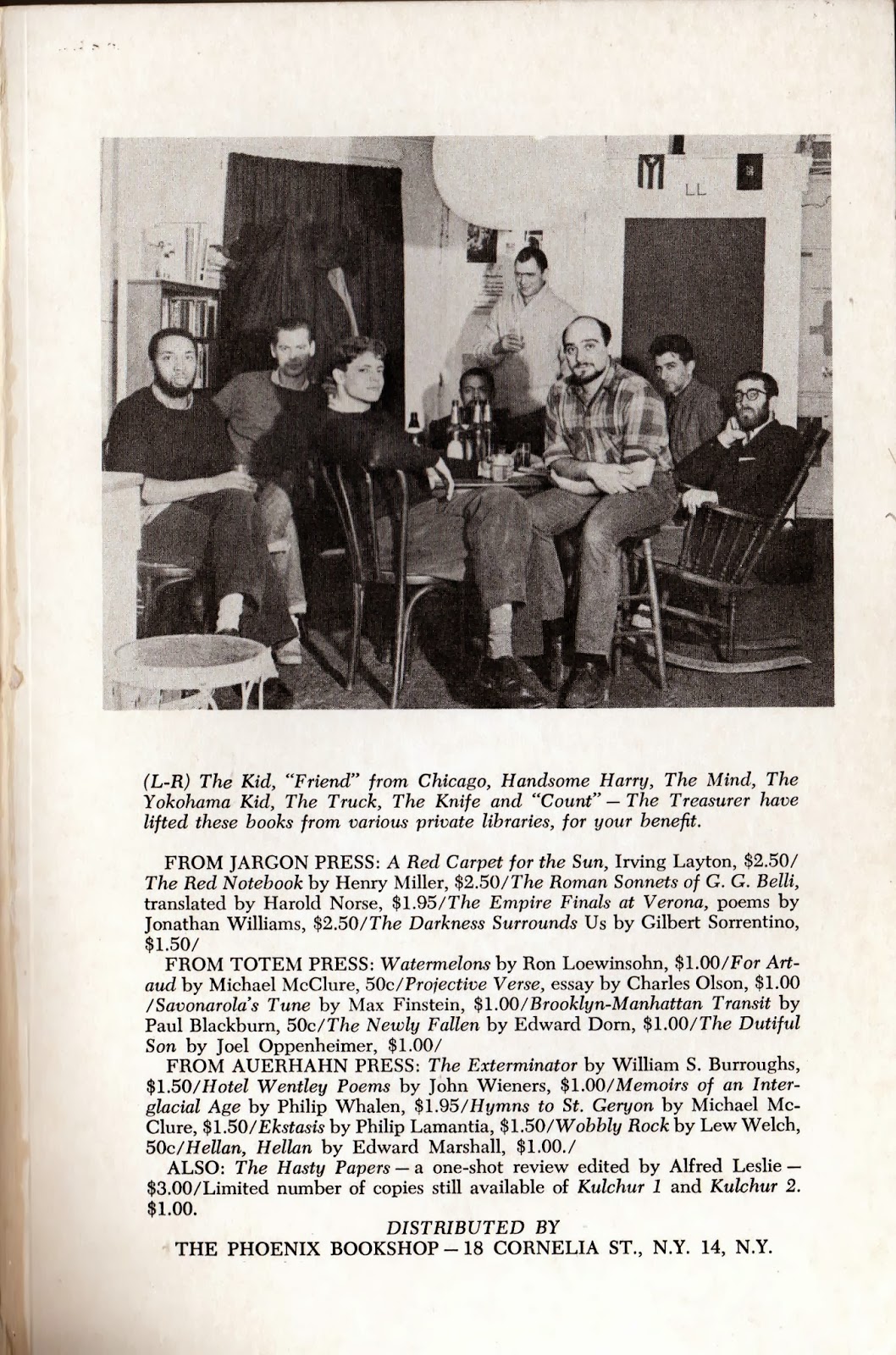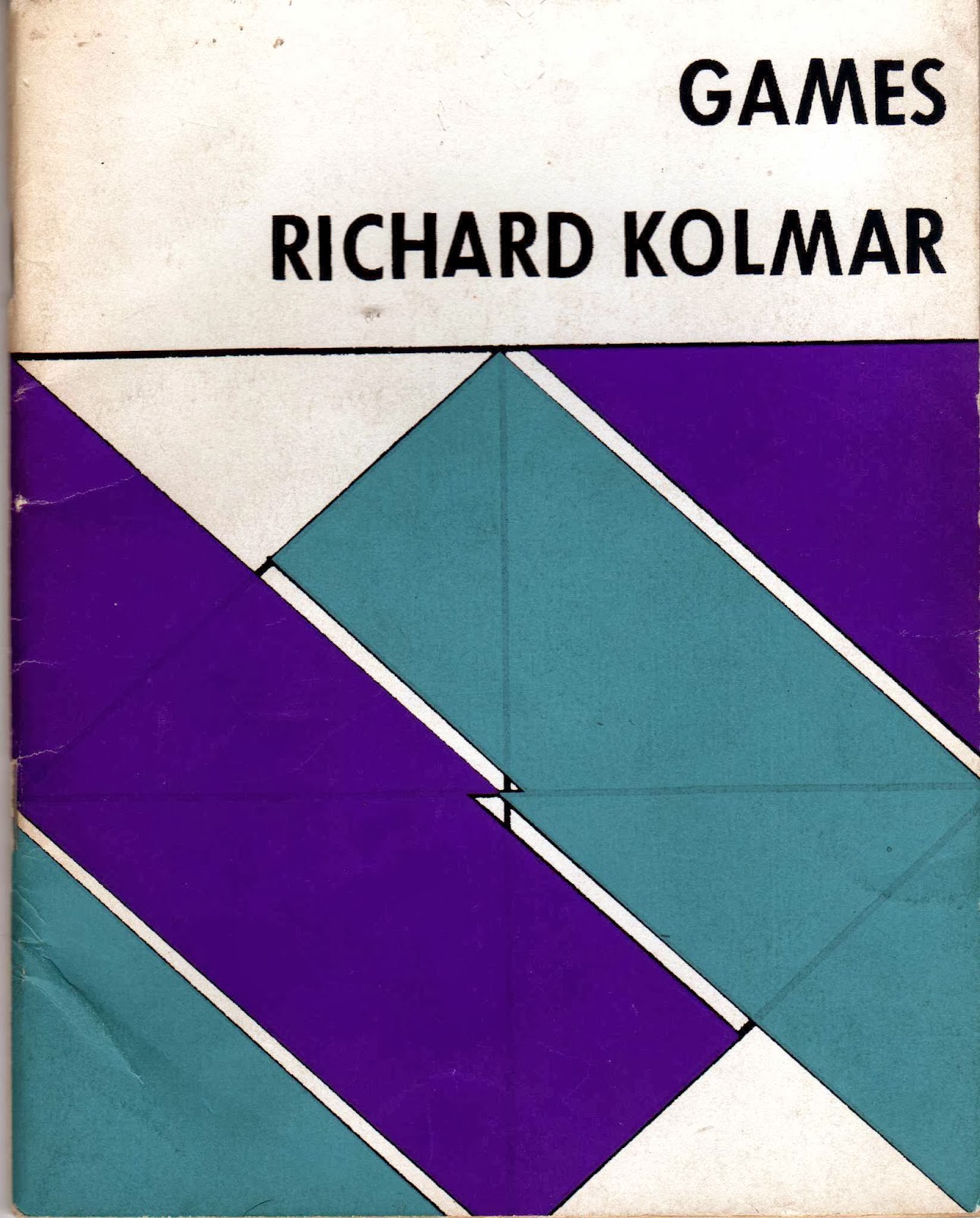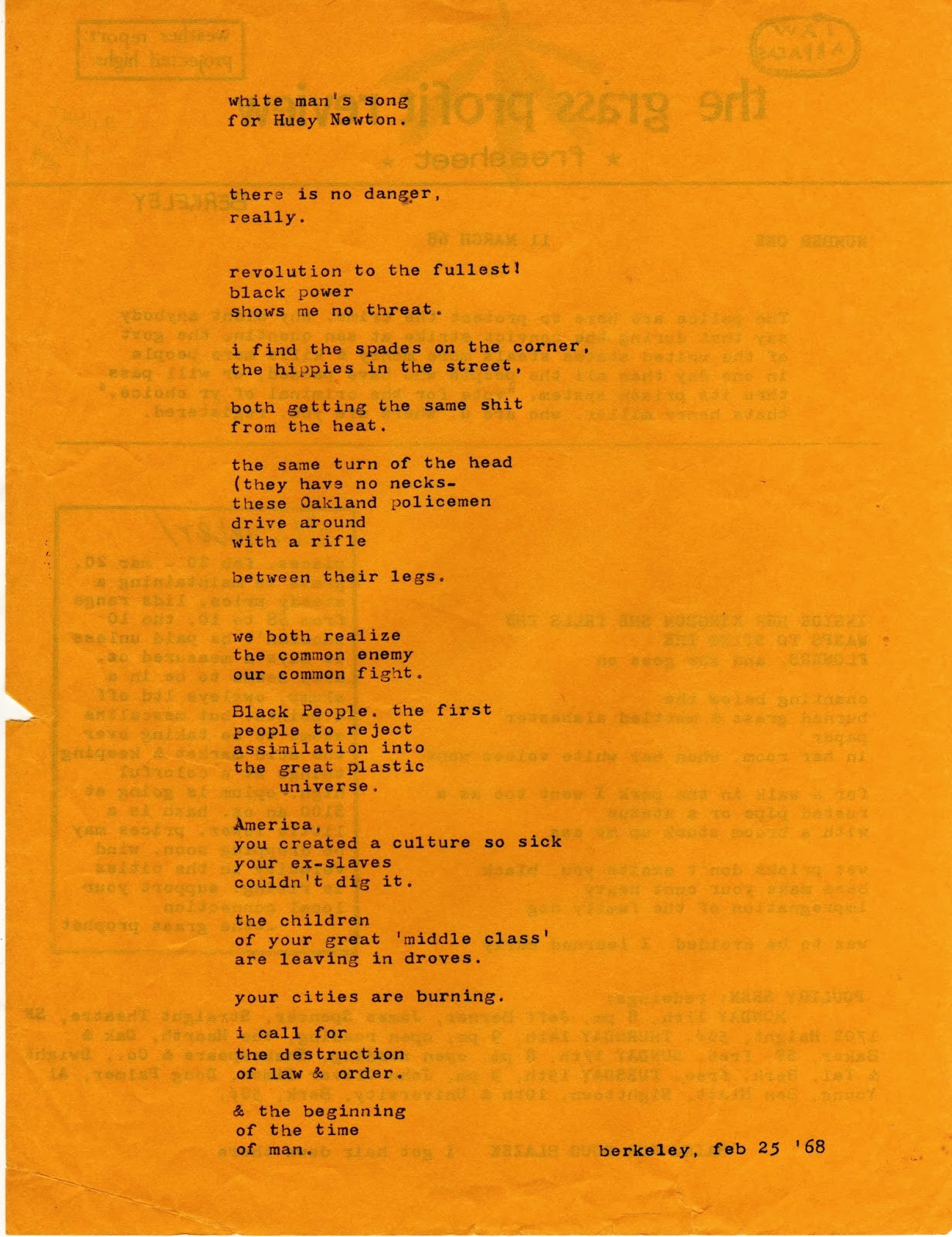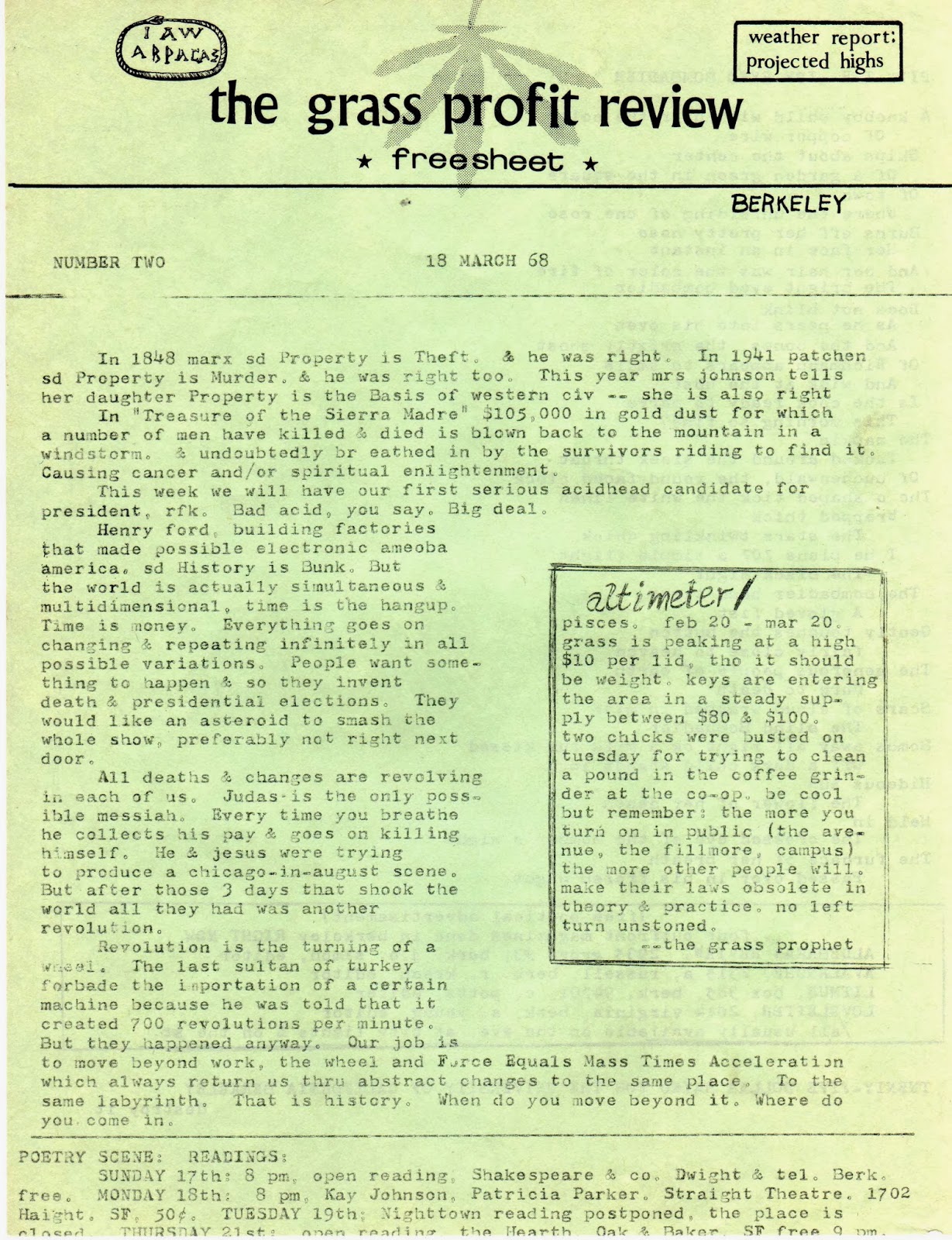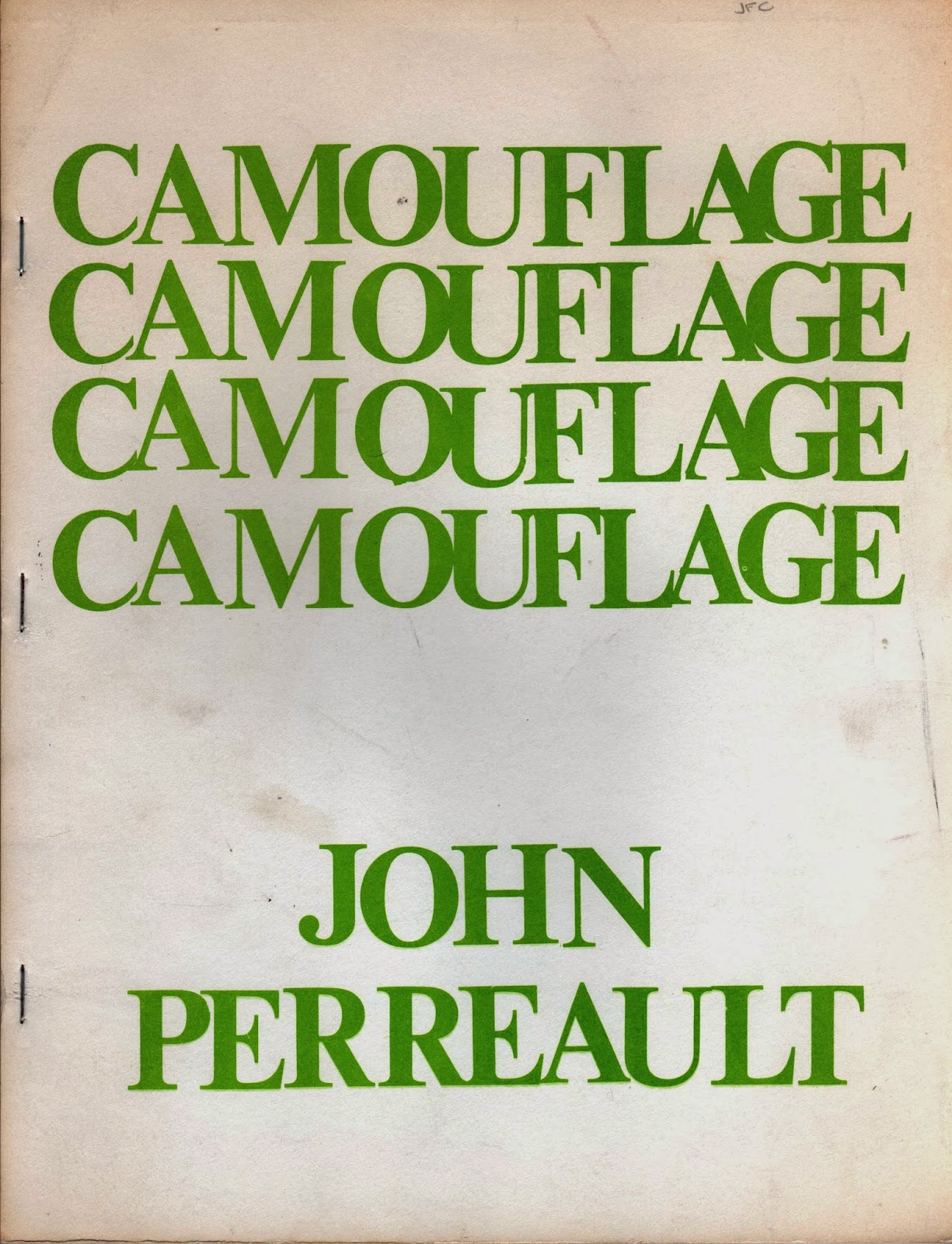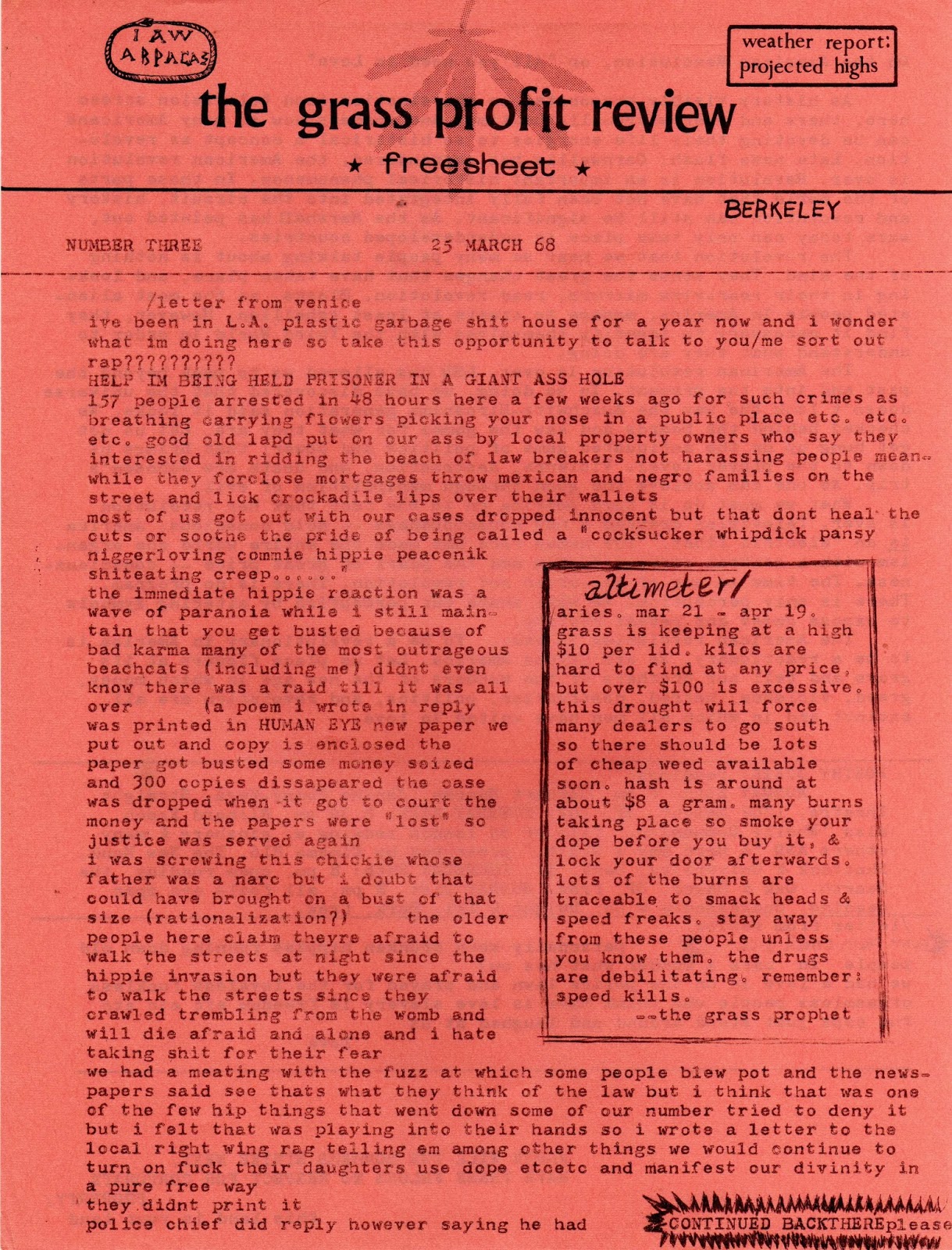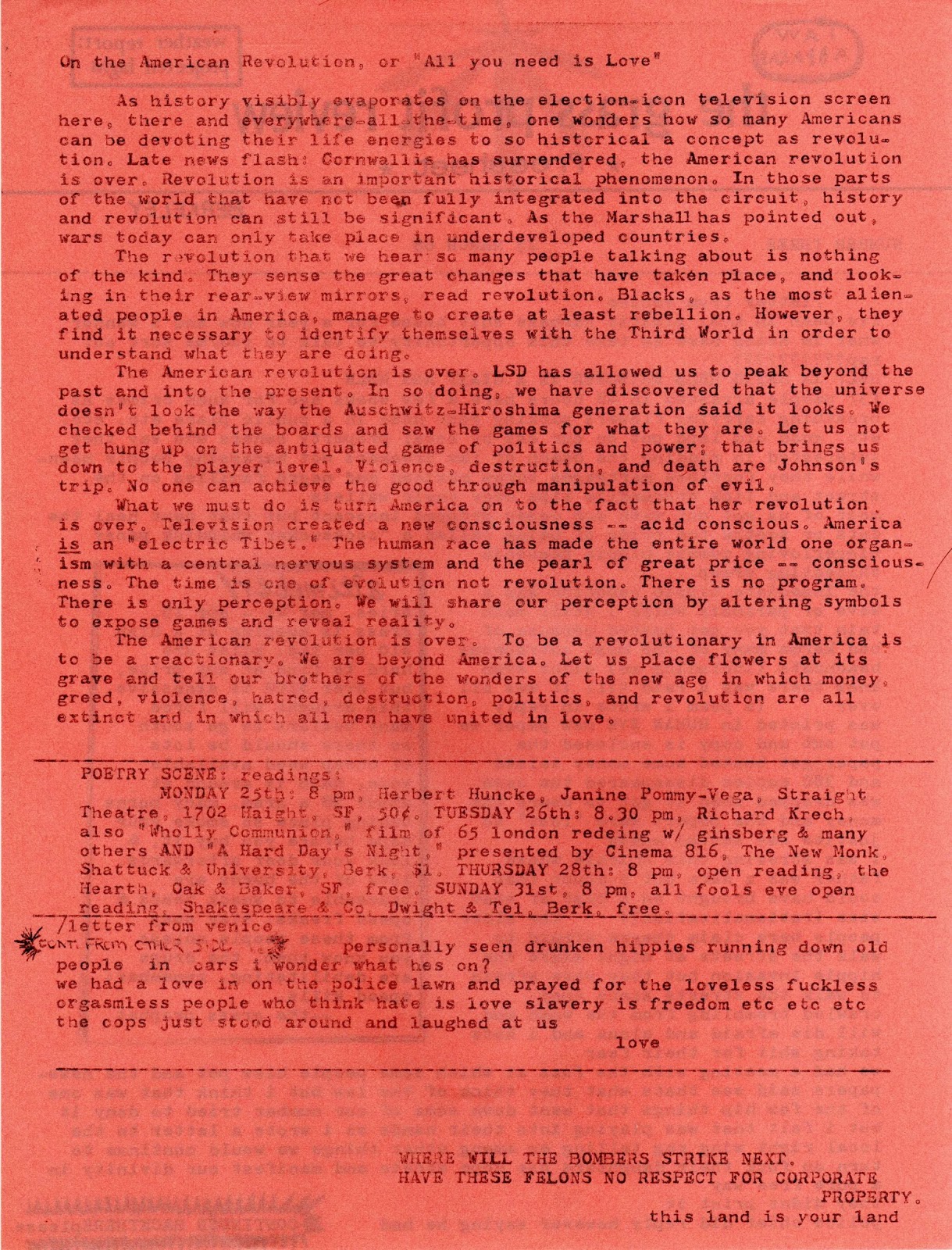Reading through Secret Location, it is clear there is something missing within its pages. A whole category of little mags that truly deserve a home at the Secret Location. Evelyn Thorne, editor of Epos, lays out perfects what this missing category exactly is in part of an essay for the Carleton Symposium.
Evelyn Thorne
Editor, Epos
Epos has been criticized for not wearing a label. The traditionalists and “conservatives” (I dislike the use of this word in connection with the arts, but find it difficult to replace) are annoyed by the fact that we are not down-right outsiders or far-outists. The outsiders are disgusted that, though they might like to, they cannot label us traditionalists, since they can’t discover a tradition which labels us. Both the literary “right” and “left” are more comfortable when a publication can be nicely labeled. This is understandable. They equate the unlabeled with a middle of the road course, and a middle road course is always too much like fence sitting to be respected. But I think there is some confusion here. The fact that a magazine does not fit into an air-tight compartment does not necessarily mean it is middle of the road, or that it is neither hot nor cold. It may mean that there is a third choice.
Of late it has been the habit of many critics to use such words as “academic,” “off-beat,” “far-out” as if these classifications adequately covered all contemporary poetry. In my opinion there is a third classification, a large and loose one, but a meaningful one, and that most of the best poetry being written right now should be discussed from this angle.
It is our idea that the writers whom we share with a number of other magazines move largely within this large classification, as do the writers whom we share with fewer magazines. It is these less-shared writers who chiefly concern us. They are not being adequately presented in the poetry journals that limit themselves by rigid editorial policies. Perhaps I will be pardoned an example. We know a writer (he is just past 40) whose output is tremendous. He has some nine full book-length manuscripts of poems. There are beautifully structured manuscripts and the poems are thoroughly modern in subject and treatment, excellent work, and, we think, important. Only a ridiculously small number of these poems have been published. Not enough to give readers the flavor of his strong brew. Why? Because he frightens the traditionalists (and by tradition I refer not only to form but to thought) and he puzzles the outsiders, for he is very much in our society, a working, though often a protesting, part of it.
The labels of hot and cold are merely a re-stating of Lowell’s famed raw and the cooked. Thorne’s third choice includes in large part the poets of the Meat School. Working class poets, like Blazek, Richmond, and Wantling, as well as the poets of the Rust Belt like levy and John Sinclair. The primary example, the unnamed one that Thorne describes, is Charles Bukowski. Epos published Buk’s poems and drawings in 1962. Bukowski symbolized and led the third classification as outlined by Thorne that was missing from the discussion of little mags in Carleton Miscellany in 1966 and remained in the shadows in 1998 in Secret Location. There are hundreds of magazines and small presses, like Epos, which were the meat and potatoes, the lunch pail laborers, of the Mimeo Revolution that, to this day, remain largely undocumented and under-appreciated. Thorne lays it out as well as I have seen it done. Epos knew from experience.JB

